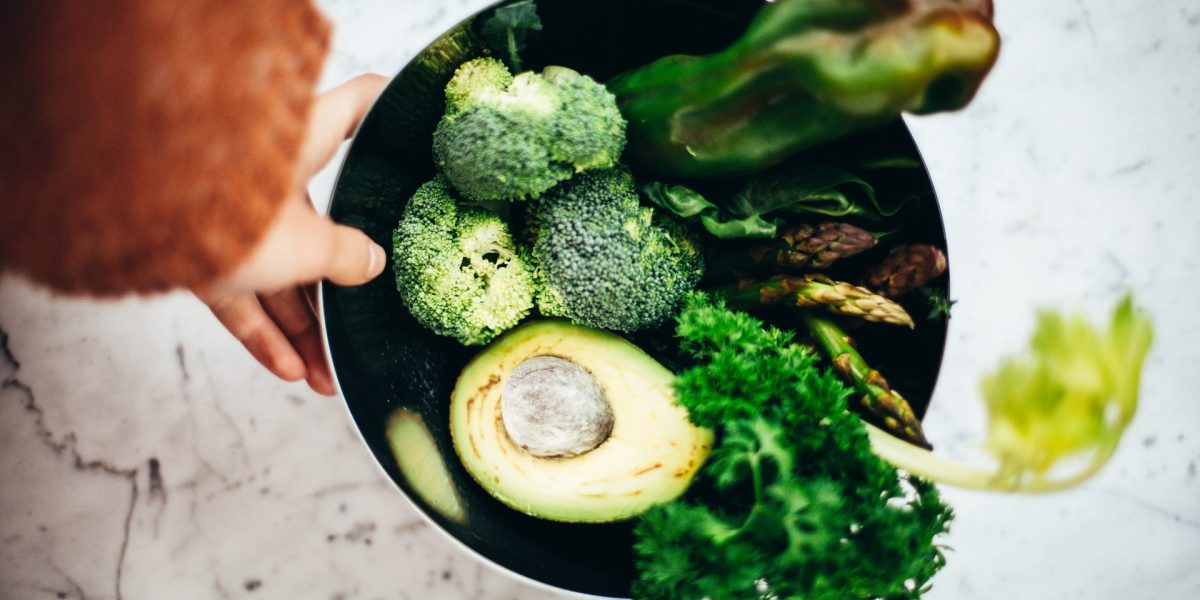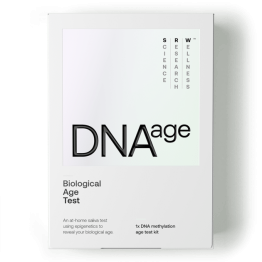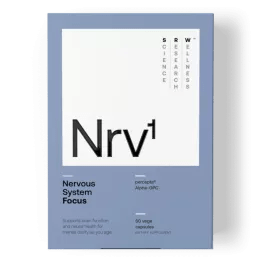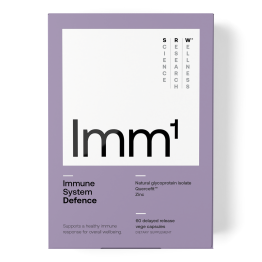10 Functional Foods for Better Health
Apple cider vinegar, turmeric, green tea and bone broth. They are some of many whole foods that potentially benefit our health when we consume them on a regular basis and at certain levels. In recent years, healthy eating has turned toward functional foods and finding the right balance.
Where low-fat once was the buzzword in food marketing, consumers now look for labels that say plant-based, organic, high protein or probiotic. Most of the healthiest foods available have no label at all – fresh vegetables, fruits, nuts, legumes, whole grains and food from the sea.
Dubbed functional foods, certain foods and ingredients promote optimal health by helping to reduce the risk of disease, boost your metabolism, aid with digestion and assist with weight loss, all while satisfying your hunger pangs.
Fresh produce, as well as certain processed or fortified foods, are called functional because they boast health benefits beyond filling you up with calories. For example, a bowl of white rice doesn’t provide any noticeable nutritional value apart from carbohydrates. However, a bowl of oatmeal contains soluble fibre that can help lower cholesterol levels.
By limiting food that is high in sugar, sodium and saturated fat, and adding healthy micronutrients, we give our hearts the chance to work at their full potential.
10 Natural Functional Foods and their Benefits
Brazil Nuts
These selenium-rich beauties are packed with goodness. Brazil nuts are the seeds of the Brazil nut tree that’s found in the Amazonian rainforest. In addition to offering protein, fibre, niacin and vitamin B6, Brazil nuts boast a multitude of minerals including magnesium, potassium and zinc. Make sure not to overeat them though, as you could be headed for selenium toxicity. The upper limit is 400 micrograms daily, which is why we shouldn’t eat more than three per day.
Fungi
Although white foods are often thought to be nutrient-poor, mushrooms are the exception. From portobellos to truffles, mushrooms contain a range of antioxidant agents including vitamins C, D and Bs. They also provide a range of minerals such as selenium, potassium, copper, iron and phosphorus which is why they should be a staple in a vegan diet. There are around 2,000 edible varieties of fungi, but some of them are highly toxic. If you go out foraging, make sure you know the dos and don’ts.
Kimchi
Like all fermented foods, kimchi is good for the gut. Made from cabbage with a variety of spices, this traditional Korean condiment may also include onion, radish and carrot. It’s fresh and spicy, rich in vitamins A and C, and contains lactobacilli that aids the digestion process. The only downside we can think of is that because of the way kimchi is made (in salt brine), it’s high in sodium. A single serving of kimchi provides between 29 percent and 45 percent of the recommended daily limit.
Kefir
More powerful than yoghurt as it contains three times more probiotics, kefir is a fermented milk drink. The name comes from the Turkish word, “keyif,” which is difficult to translate but refers to a certain mood that is important in Turkish life and culture. Drinking kefir makes you feel good! Rich in vitamin A, and B vitamins like riboflavin, folate, biotin and B12, kefir is generally tolerated well by people who are lactose intolerant. For optimal health benefits, choose a plain, non-flavoured version without added sugar.
Leafy Greens
All veggies are good for us, but the leafy greens are best. Kale, spinach, watercress and chard (silverbeet) are the undeniable superstars of the food world. Leafy green vegetables are versatile and incredible for your health. They are low in calories, yet high in fibre, vitamins and phytonutrients. Nutritionists recommend greens with every meal, so start your day with a big green smoothie and you’ll get a boost of goodness. This includes folate, which helps your body to produce more mood-regulating neurotransmitters such as dopamine and serotonin.
Fatty Fish
More salmon, tuna, sardines, trout or mackerel on your plate is a great way to pack in the protein and omega-3s. Fish is packed with nutrients that most people are lacking, and the oily species are the healthiest. Fish is delicious, easy to prepare and eating it once or twice a week is considered enough to reap its benefits for the body and brain. If possible, choose wild-caught fish rather than the farmed varieties as it has more omega-3s and is less likely to be contaminated.
Matcha
Green tea is already known as an antioxidant powerhouse, but matcha has even more health benefits. It’s a green tea powder made from finely powdered dried tea leaves, which means you are drinking the actual leaf, not just the components left in hot water. Like green tea, matcha comes from the Camellia sinensis plant, but it is grown differently and has a unique nutrient profile. The plants are covered with shade cloths before they are harvested, which triggers leaf growth and creates better flavour and texture.
Beets
Right from the Middle Ages, beetroot has been used not only as food but also as a treatment for numerous health conditions. The red part of the beet plant has been eaten since the times of ancient Rome – and that’s with good reason. Beets have an excellent nutritional profile that includes plenty of essential vitamins, minerals and antioxidants. They also contain unique bioactive compounds called betalains, which may benefit your health and athletic performance. The leaves of the beetroot can be eaten, too – another great way to up your intake of leafy greens.
Seaweed
Veggies from the ocean are an important food source for ocean life but humans can benefit from them, too. Seaweed, such as nori, kelp and spirulina (a freshwater algae) is highly nutritious and a little goes a long way. Sprinkling some dried seaweed on your food adds taste, texture and flavour to your meal, and it is an easy way to boost your vitamins and minerals intake. Please note that the nutritional values vary depending on the species, geographical location, season of harvest and how the seaweed is stored and processed.
Sprouts
Sprouts are the young greens, typically only days old, whose seeds have just germinated and begun to develop stems and leaves only a couple of inches in length. Sprouted grains are simply whole grains that have just begun to sprout. They are said to be even better for you than the regular varieties, as the percentage of nutrients is higher. Sprouting may look like an easy process, but it needs the right technique and precision to extract all the goodness. If you DIY it, make sure to cook the final product as it may not be safe to eat them raw.
The Trend: Functional Hydration
Adequate hydration is key to health and removing sugary drinks from your diet is an easy way to kick-start weight loss and a healthy lifestyle. Getting eight-plus glasses of water in can be a challenge for some, which is why many people find it easier to drink more water throughout the day when it tastes like fruit.
The market for infused water and functional hydration is growing fast. But before you stock your wellness toolkit up with fancy drinks from the health store, it is fair to say that the main benefits of drinking infused water come from the simple fact that it is water. Adding a little lemon or some blueberries to your regular tap water may be equally beneficial





